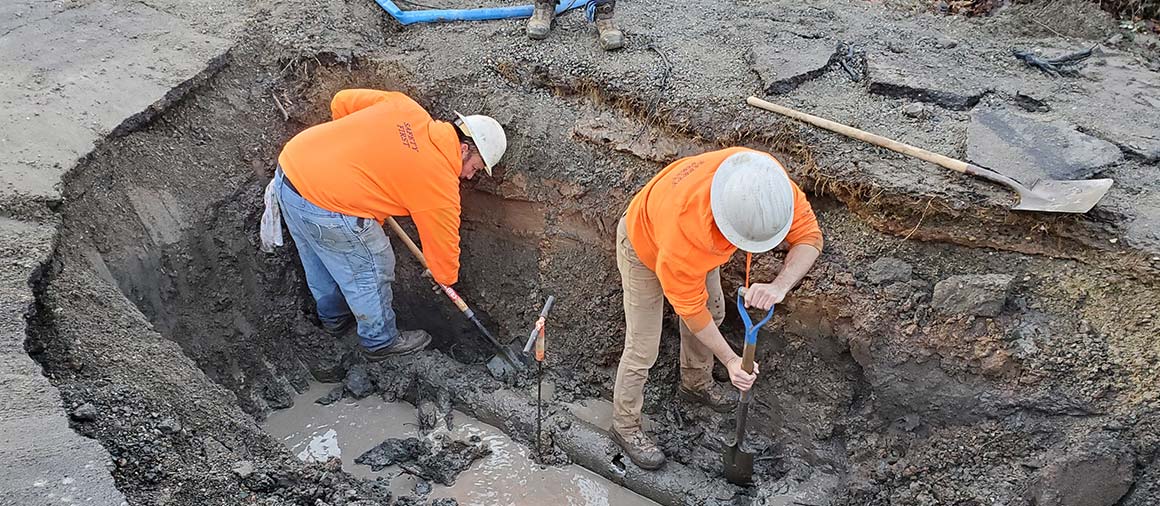
Protecting Our Future Together
Project Description
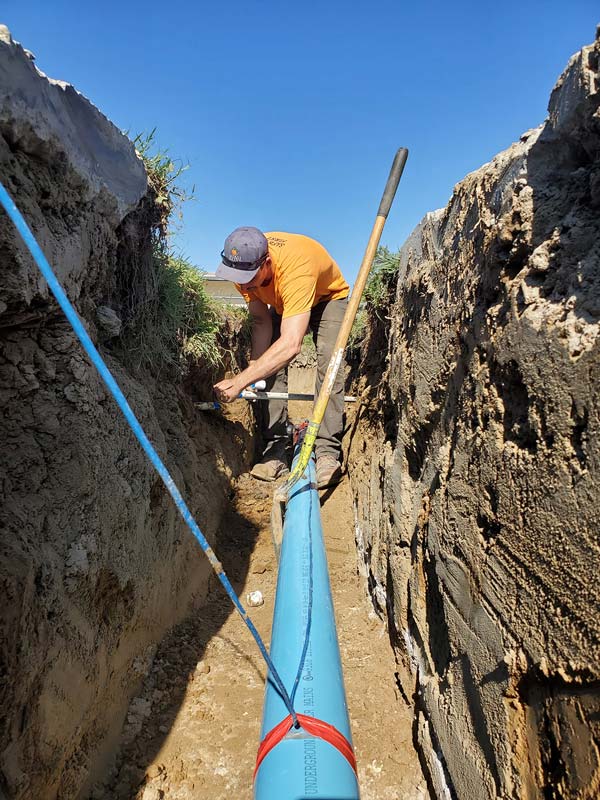
The District’s service area urbanized mostly between 1960-1985. During that time, water mains were mostly installed by private developers. These water mains became donated assets to the District, which then became CHWD’s responsibility to operate, maintain, and replace them.
Today, CHWD operates and maintains over 250 miles of pipelines that distribute water throughout the District’s 12.8-square-mile service area. The life span of a water main is approximately 70 years. CHWD must substantially increase its annual replacement of aging water mains above its current annual level of $2 million per year to nearly $8 million per year beginning in 2030 and beyond for many decades to ensure long term water reliability.
Condition Assessment
The preparation phase is underway for Project 2030. In these early stages, the CHWD team of experts is performing condition assessments to identify which sections of pipelines need to be replaced first. Check out the video to learn more about condition assessment.
Why This Project and Why Now?
Just because water mains are underground does not make them any less important. Reliable water mains deliver water to our residences and businesses. Failed water mains can lead to service disruptions and water loss.
Project 2030 plans to replace more than 70% of CHWD's water mains by 2080. Replacing water mains before they reach critical condition is the safest and most cost-efficient way to address aging infrastructure.
You may notice a "Water Main Replacement Charge" on your water bill. The Project 2030 funding plan balances pre-funding in the years leading up to 2030, pay-as-you-go, and some debt financing. This funding plan ensures intergenerational equity, which allows the responsibility of funding Project 2030 to be equitably distributed across current and future customers.
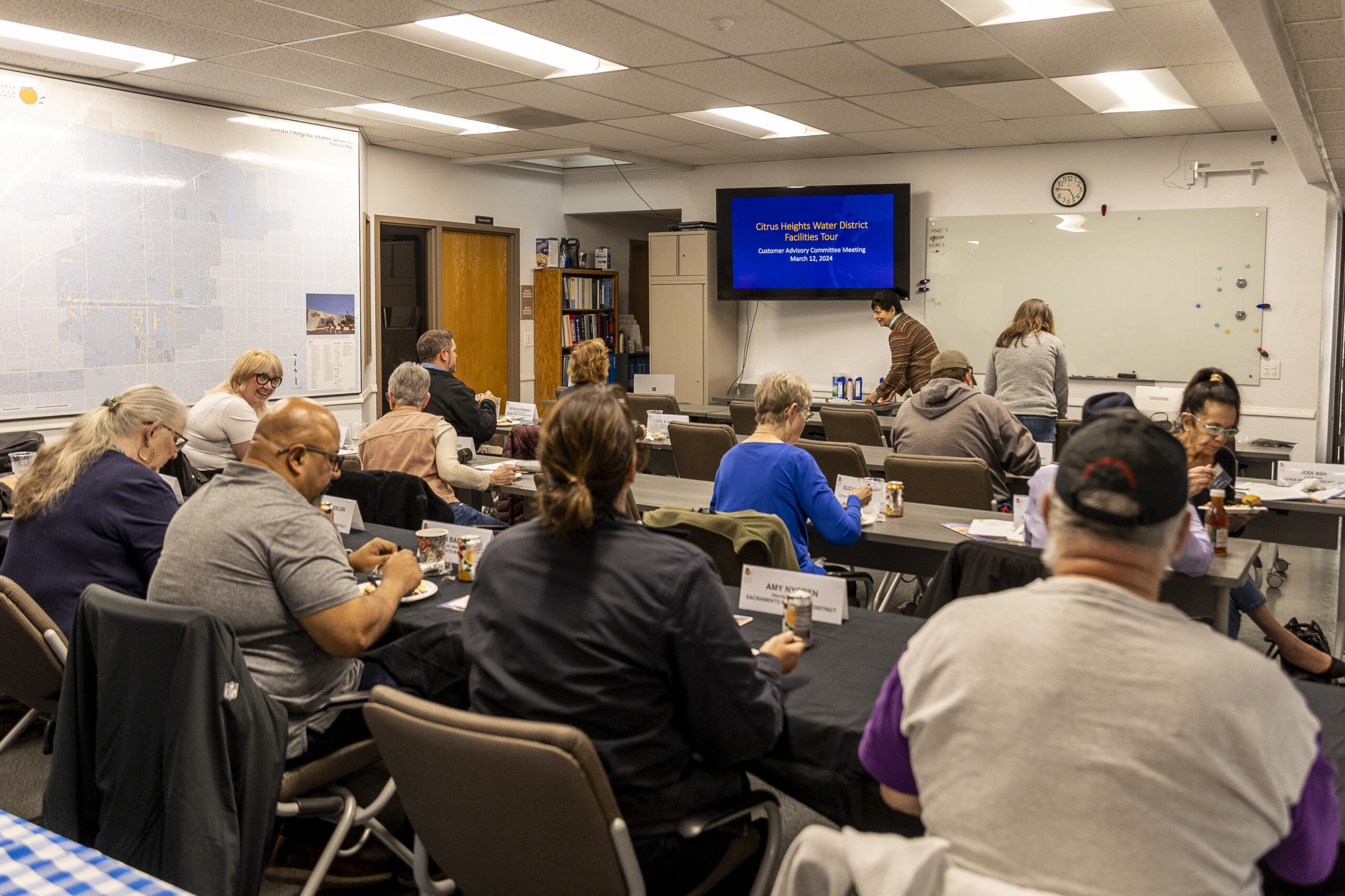
Project 2030 Decision Process: Customer Advisory Committee (CAC) Role
In the spirit of stewardship, CHWD formed a Customer Advisory Committee (CAC) to explore, in-depth, a difficult problem and work through 21 separate scenarios to find the best and most fair recommendation for the community.
The CAC then presented its recommendation to the CHWD Board of Directors on June 8, 2021. The Board approved the CAC’s recommendation and developed a plan to fund work through 2080.
Remaining ahead of anticipated water main replacement needs will minimize system failure, service disruption, and failure-related expenses due to deferred replacements.
FAQs with Missy Pieri | Director of Engineering, CHWD
Q: What is the next step for Project 2030?
A: To help prioritize water main replacements, CHWD is conducting in-field inspections of the District’s transmission (large diameter) water mains. This condition assessment process is a proactive and planned approach which will identify which water mains to replace first.
Q: What does the water main condition assessment look like?
A: We are taking a phased approach to the water main condition assessment. The first step was the Project 2030 Study, which was a high-level risk analysis of the water mains. CHWD is using information from the Project 2030 Study to narrow down which water mains should be further assessed. Field inspection of the water mains, both outside and inside of the pipe, will be conducted starting in 2022. Various inspection techniques will be used based on the pipe type. The phasing of the water main replacement will be refined based on the results of the testing.
Q: Can’t we just wait until something fails and then fix it?
A: As water mains age, they become more prone to failure. A single failure can lead to a cascade of issues including service disruptions and potential property damage. The least expensive and most efficient way to address this is through a proactive, planned approach.
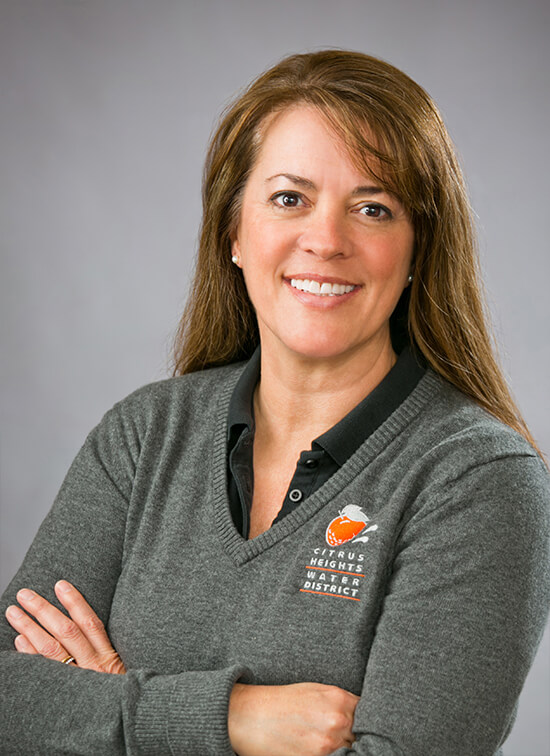
Project 2030 Timeline
2018
- Customer Advisory Committee (CAC) formed
- Project 2030 Study CAC workshops
- Asset inventory
- Water demand forecast
- Water main risk analysis
- Water main replacement cost estimates
2019
- Project 2030 Study CAC workshops
- Water main replacement spending and funding options
- Market research
- Water main replacement phasing and implementation plan
- Field inspection plan (FIP)
2020
- Communication and customer engagement strategy development
- Financial program development
- Final project 2030 Study report prepared and submitted to CAC
2021
- Project 2030 Study CAC workshop
- CAC endorsed and recommendation
- Board of Directors (BOD) presentation
- Project 2030 adopted by BOD
- Funding and implementation plan approved
- Education and public education strategy approved
2022
- Project 2030 dedicated charge implemented
- Above-ground water main inspections
- 42-inch water main condition assessment
- Segment 1 (18,000 linear feet)
- Phase 1: Soil corrosivity testing
- Segment 1 (18,000 linear feet)
- Perform structural inspections of the above-ground water mains as identified in the FIP
2023
- 42-inch water main condition assessment (continued)
- Segment 1 (18,000 linear feet)
- Phase 2: Indirect pipeline testing and analysis
- Phase 3: Test station installation and additional testing
- Segment 1 (18,000 linear feet)
2024 - 2029
- Identify top priority areas for water main replacement
- Conduct pre-design analysis on key water mains
- Coordinate water main replacement with road and utility work
2025
- Pilot water main condition assessment technologies
- Pilot comprehensive leak detection technology
- Develop a condition assessment program
2026 - 2029
- Perform water main condition assessments
- Conduct comprehensive leak detection on pipelines
2030 - 2080
- Begin water main replacement in top priority areas
- Continue condition assessment of water mains
- Use new data to reassess replacement priorities
Frequently Asked Questions
The project will be undertaken in phases over 50 years to replace 70 percent of CHWD’s water mains.
Since CHWD is an independent special irrigation district, it does not receive any taxpayer funds. 97% of CHWD’s revenue is funded from charges billed to customers for the cost of the services provided and reinvested – without profit – into the resources needed to ensure a safe, clean and reliable water supply.
The CHWD Board approved the CAC’s recommendation and developed a plan to fund work through 2080. The proposed plan implements a dedicated water main replacement charge, which promotes transparency and accountability.
The dedicated water main replacement charge on the customer’s bill is proposed to take effect beginning January 2022.
We understand that rate or surcharge changes have an impact on all of our customers. That is why the CAC worked with CHWD to develop an equitable solution for the entire community. State law prohibits the District from collecting from any customer more than the amount required to provide water service. In the eyes of the State, if a reduced rate were provided to customers on fixed incomes, other ratepayers would subsidize the low “reduced rate” ratepayers. Those paying for the subsidy would be paying in excess of the cost of service to their parcel, which is in violation of state law. This prevents CHWD from offering a low-income rate program or Customer Assistance Program. If this state law changes, CHWD Board will revisit its rate schedule.
As an independent irrigation district, CHWD is not funded by tax revenues.
Stay Informed
Stay informed about Project 2030 developments.
Sign up for our mailed and emailed newsletters.
Questions? Contact Us:
Customer Service: hello@chwd.org
Project Questions: Project 2030 Project Manager Missy Pieri, PE at mpieri@chwd.org

